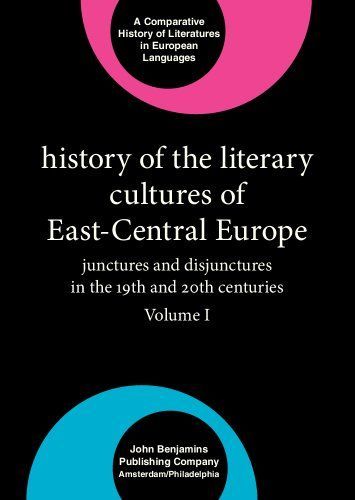
History of the Literary Cultures of East-Central Europe Junctures and disjunctures in the 19th and 20th centuries. Volume III: The making and remaking of literary institutions
The third volume in the History of the Literary Cultures of East-Central Europe focuses on the making and remaking of those institutional structures that engender and regulate the creation, distribution, and reception of literature. The focus here is not so much on shared institutions but rather on such region-wide analogous institutional processes as the national awakening, the modernist opening, and the communist regimentation, the canonization of texts, and censorship of literature. These processes, which took place in all of the region’s cultures, were often asynchronous and subjected to different local conditions. The volume’s premise is that the national awakening and institutionalization of literature were symbiotically interrelated in East-Central Europe. Each national awakening involves a language renewal, an introduction of the vernacular and its literature in schools and universities, the creation of an infrastructure for the publication of books and journals, clashes with censorship, the founding of national academies, libraries, and theaters, a (re)construction of national folklore, and the writing of histories of the vernacular literature. The four parts of this volume are titled: (1) Publishing and Censorship, (2) Theater as a Literary Institution, (3) Forging Primal Pasts: The Uses of Folk Poetry, and (4) Literary Histories: Itineraries of National Self-images.